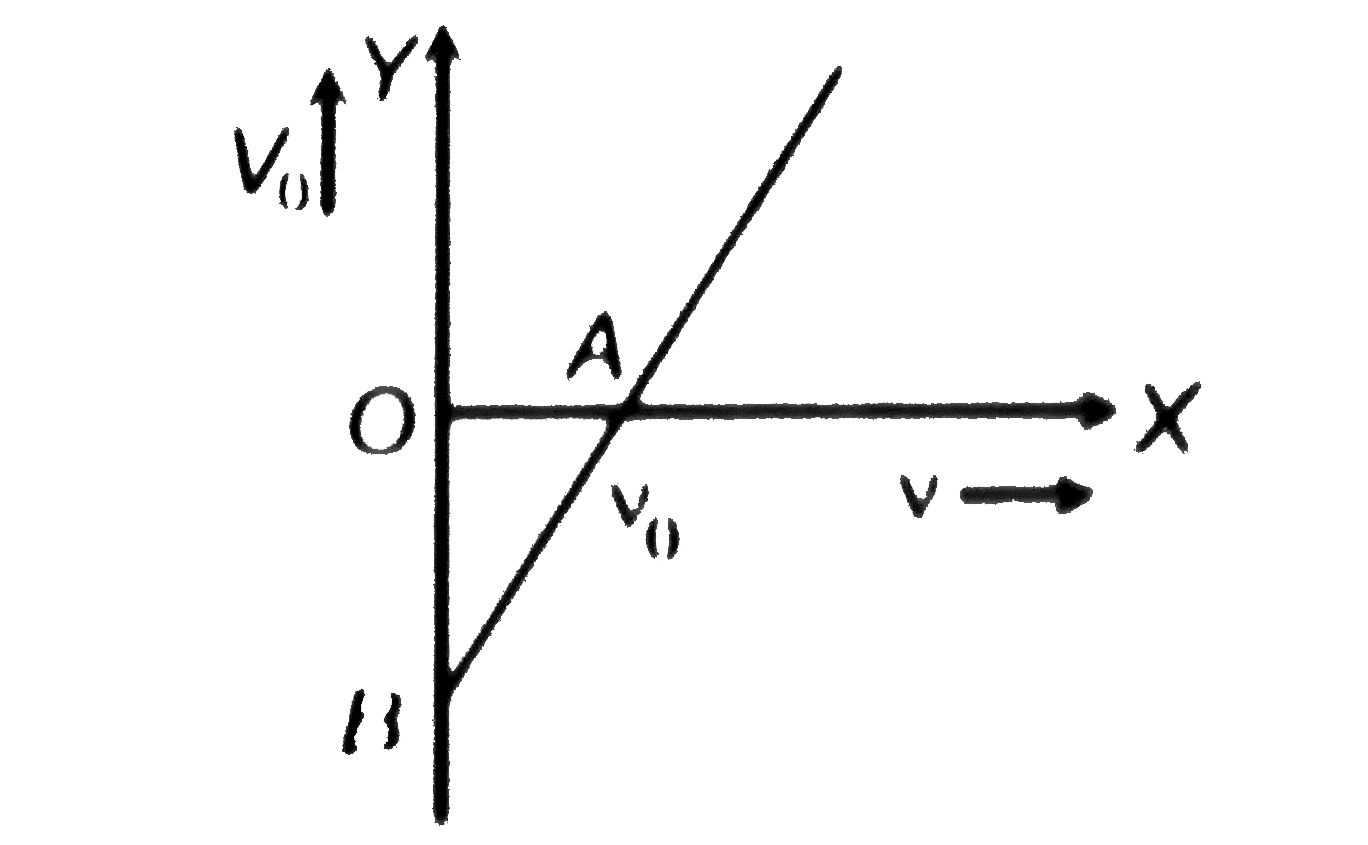In photoelectric effect, the electrons are ejected from metals if the incident light has a certain minimum.
A
wavelength
B
frequency
C
amplitude
D
angle of incidence
Text Solution
The correct Answer is:B
|
Similar Questions
Knowledge Check
In photoelectric effect, the electrons are ejected from the metal surface, if the incident light has a certain maximum
AWavelengthBAmplitudeCFrequencyDAngle of incidenceIn photoelectric effect, the electrons are ejected from metals if the incident light has a certain minimum.
AwavelengthBfrequencyCamplitudeDnumber of photonsPhotoelectric emission occurs only when the incident light has more than a certain minimum
ApowerBwavelengthCintensityDfrequency
Photoelectric emission occurs only when the incident light has more than a certain minimum
View SolutionIn the photoelectric effect the velocity of the ejected electrons depends upon the nature of the target and
View SolutionIn an experiment on photoelectric effect the frequency f of the incident light is plotted against the stopping potential V0. The work function of the metal is given by ( e is the electronic charge)

View SolutionExplain photoelectric effect Explain the effect of increase of intensity of incident radiations on photoelectrons emitted by a photo-tube.
View SolutionThe photoelectric effect is described as the ejection of electrons from the surface of a metal when
View Solution
